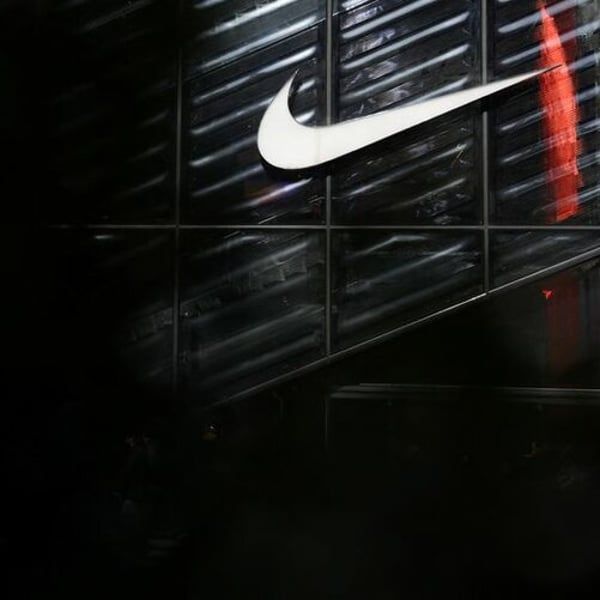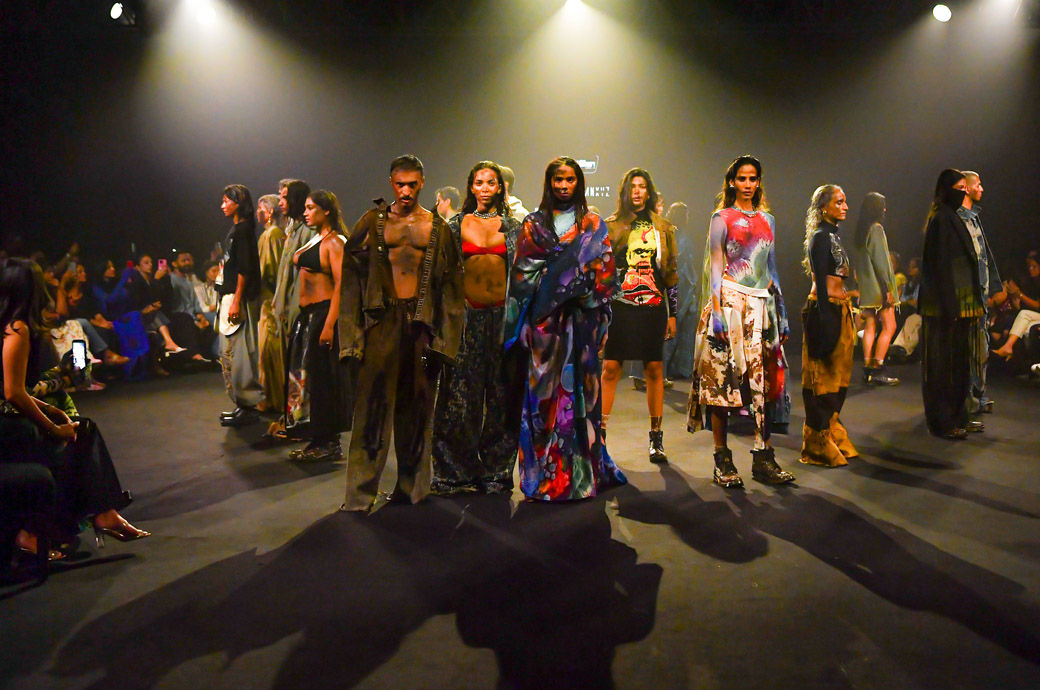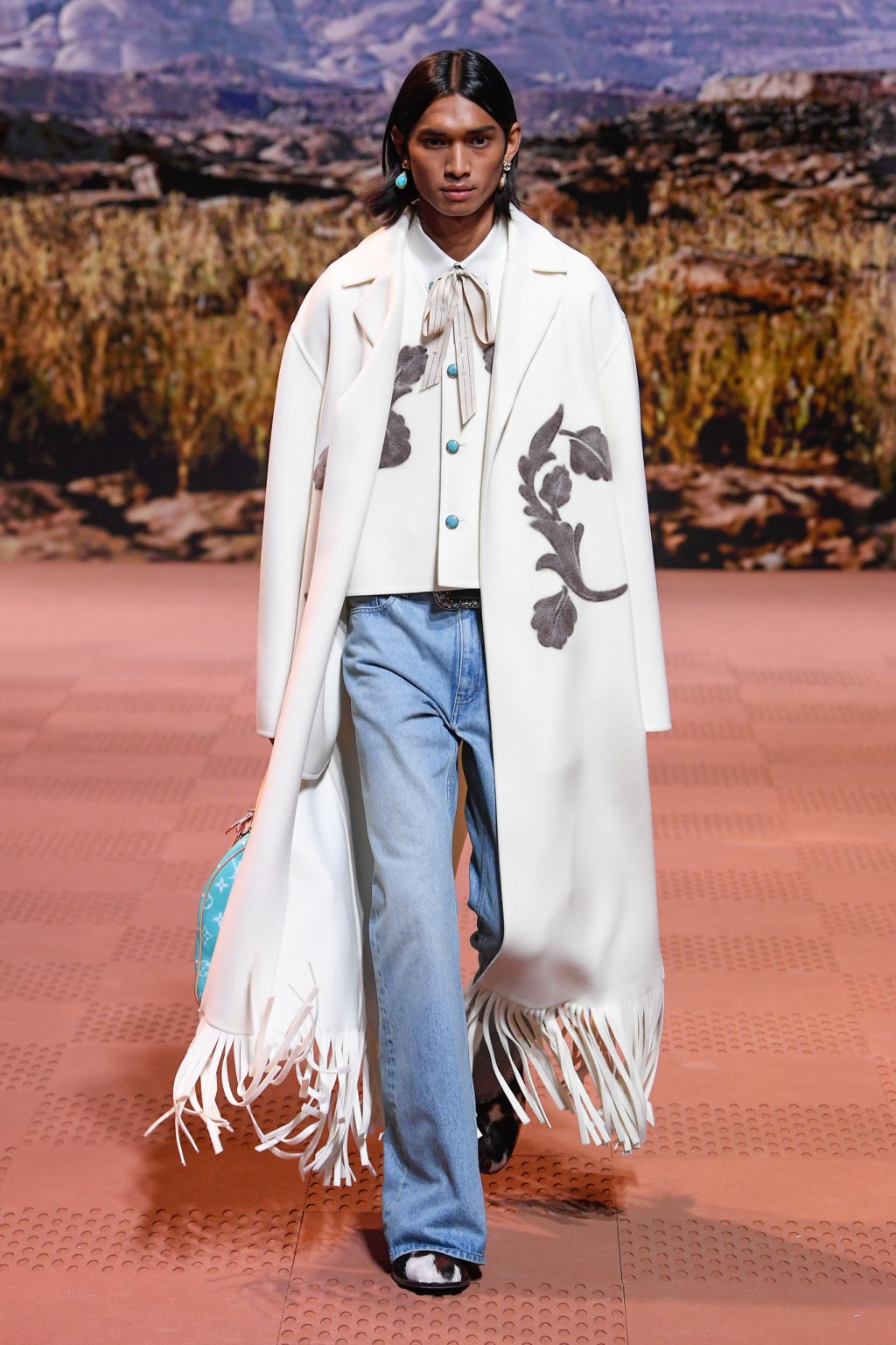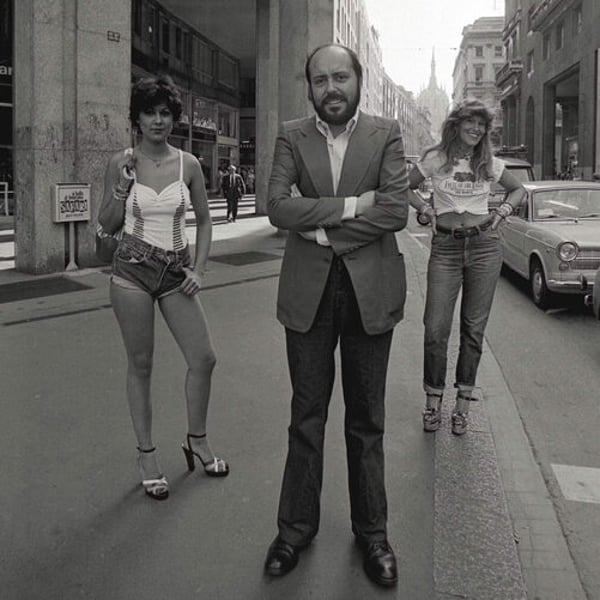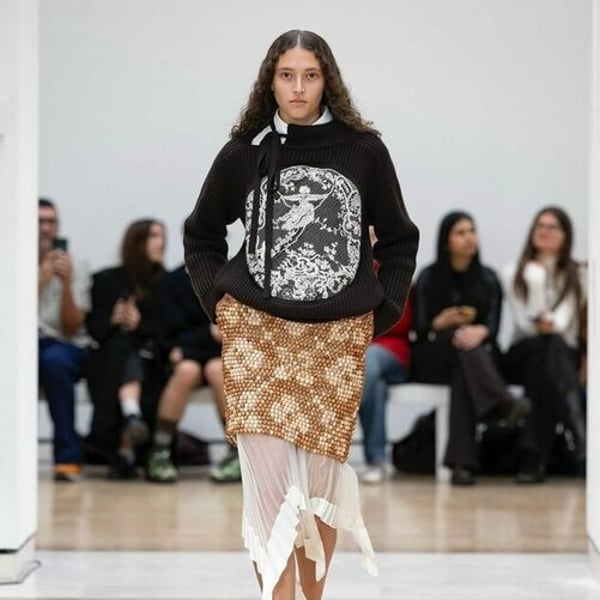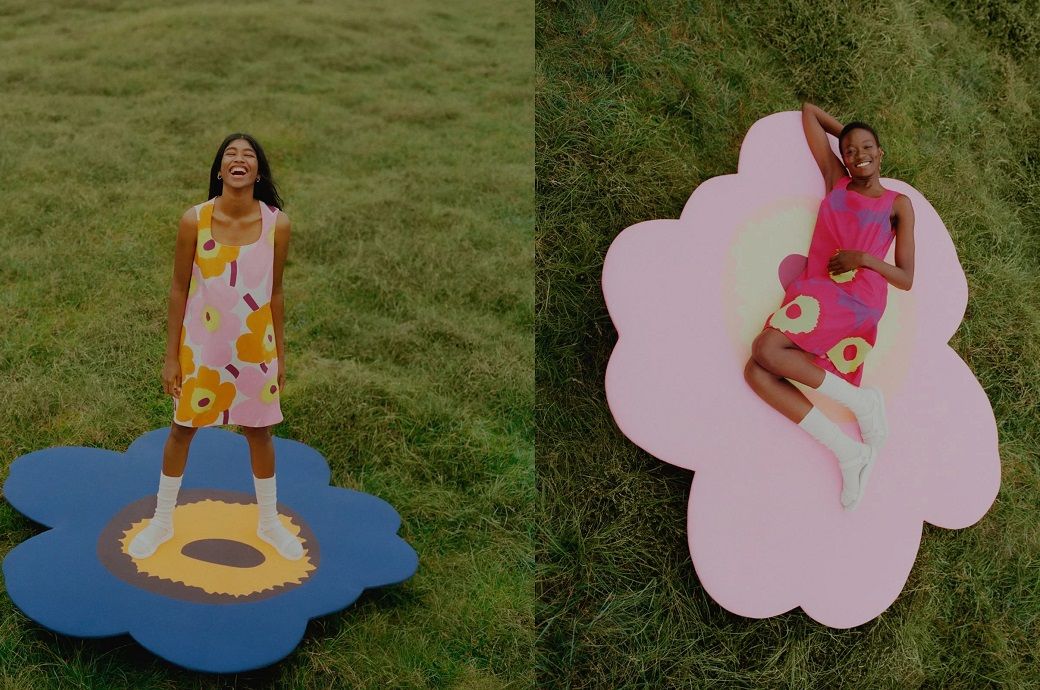By
Bloomberg
Published
June 27, 2025
The recovery signs begin to emerge in Nike under the CEO Elliott Hill, but the way forward is still uncertain in the middle of intensifying competition, delayed launches and winds against geopolitics. The company reported a 12% income drop and profits per share of $ 0.14 in the fourth quarter, while Faith Kipyegon's attempt to break the four -minute mile in Paris, backed by Nike, fell short.
“You have to dare to try,” said Nike's executive director Elliott Hill, in the call of the analysts, after the attempt in Paris and the results of the fourth quarter of the company.
Hill has assumed the challenge of reliving the giant of sportswear that he hesitated under former CEO John Donahoe. And there were the first signals on Thursday that his image change is working. But investors, who raised the shares up to 11% in trade prior to the market, should not be carried away. There are still some blocks of stumbling blocks, especially the ambition of Hill's counterpart in Adidas Ag, Bjorn Gulden, who wants to capitalize on the heat around its fashion sport to increase sales of sports shoes, only the part of the market that the recovery of Hill depends.
Nike is progressing in the elimination of sport stock out of fashion, particularly the Air Force 1. The company believes that it will have worked through the order portfolio at the end of the first half of this fiscal year. Not having to rule out so much should increase profitability. Nike expects its gross margin, the difference between the price at which it buys and sells goods, will be reduced by 3.5 to 4.25 percentage points, including a coup of 1 percentage of rates, in the first quarter, compared to a decrease of 4.4 percentage points in the last three months.
The company also seems to finish its new product drought. The Vomero 18 shoe has generated more than $ 100 million in sales since its launch at the end of February. Meanwhile, frenzy around the new hybrid hybrid and shoes, the Air Max phenomenon, has brought resale prices beyond $ 500, even before its official launch. That seems an explosion of Nike's past, when the new models caused the salivity sneakers.
Also evoking the type of innovation that has been so missing is Cryoshot, which reinterprets classic football boots for daily clothing. It is based on the #BootSsummer Tiktok trend to wear football tacos on the street. During the last two and a half years, such forecast has largely belonged to Gulden. It is a welcome change to see Nike finally set up a trend, instead of losing it, as it did with low height retro shoes.
But Hill is far from the finish line.
The delay in the launch of Nikeskims, the collaboration between the sportswear giant and the Kim Kardashian's belts company, seems its own goal, especially given the exaggeration around the link. Of course, Hill wants to make such an important debut, right? However, the long gap between the February announcement and the launch of the product seems unfortunate. It gives rivals like Lululemon Athletic Inc. Time to fix their collections.
The CEO also faces the challenge of Donald Trump's rates. While no company is immune to levies, they are especially useless for retailers in the midst of revival plans, such as Nike, Target Corp. and GAP Inc.
Nike said that he faced a cost, before any measure to mitigate the impact of tariffs, of approximately $ 1 billion. However, its objective is to work with its suppliers and retail partners to compensate for some of the expenses and implement “surgical” price increases from this autumn.
The last time the shoes manufacturers found such a significant external challenge was four years ago, when COVID-19 blocks in Vietnam interrupted supply chains. At that time, Nike did not fight with demand: consumers still cried out for their shoes.
Today, however, he faces a fierce competition not only for an adidas resurgent but also as a rising challenges such as Holding Ag and Deckers Outdoor Corp. Hoka, who won ground while Donahoe followed his unfortunate strategy to sell directly through Nike's own stores and websites. As in the luxury sector, brands that remain highly desirable for consumers will be the ones that can increase prices.
Until Thursday, Nike shares have dropped approximately 34% during the past year, and approximately 23% from Hill's appointment in September. The next 12 months sales are negotiated approximately 2 times, compared to 1.5 times in Adidas.
That premium will look too high until Hill can become victory.
The opinions expressed are those of the author and do not necessarily reflect those of the publication or its affiliates. Andrea Felsted is a Bloomberg Opinion columnist who covers consumer goods and retail industry. Previously, she was a reporter of the Financial Times.
Fashionnetwork.com with Reuters

